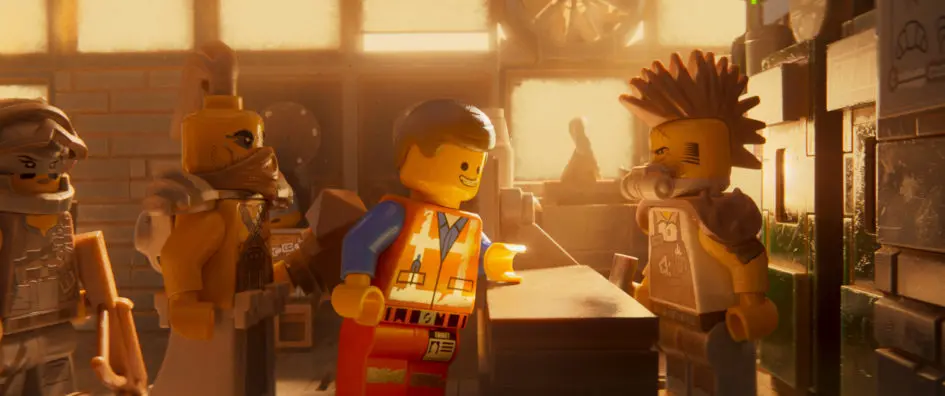Per Matt
There really isn’t much to complain about The Lego Movie 2: The Second Part. It’s a great movie that’s got heart, a good storyline, many fun voice actors and plenty of laughs. But it’s the last element that’s the problem. When you’ve got characters shooting rapid-fire oneliners, it’s hard to hear every joke. Unfortunately, this isn’t the first time I’ve experienced this problem within the Lego animated franchise.
Phil Lord and Christopher Miler really made names for themselves with The Lego Movie. After so many LEGO-based films were previously distributed direct to video, there really weren’t any expectations placed upon the filmmakers. Ultimately, their feature film received much acclaim (and big box office returns), creating a new subgenre, allowing the writer-director-producers to move onto new projects, while other filmmakers took over the directing duties for their franchise. Sure, they contributed to producing the follow-up LEGO-based movies, including The Lego Batman Movie, The Lego Ninjago Movie and now, The Second Part. They’ve also worked on other projects, including 21 Jump Street, 22 Jump Street, Son of Zorn, a brief amount of time working on Solo: A Star Wars Story and the more successful Spider-Man: Into the Spider-Verse.
Known for formulating good storylines with plenty of humor, the jokes that they write are normally the highlights of their films. That’s high praise. But starting with The Lego Batman Movie, I noticed a terrible trend that was emerging. As I grow older, my hearing ain’t what it used to be, but for two LEGO movies, the audio tracks are played so fast, the onscreen dialogue tends to overlap. Instead of pausing for a moment for the audience to laugh, then starting the next line of spoken words, it feels like the filmmakers are cramming in so much of the script and storyline into such a limited timeframe that the audience never quite hears every spoken sentence. Maybe the actors read their parts too quickly. Maybe the audio engineers weren’t instructed to insert a pregnant pause. Maybe the animators overlooked a laugh break. Maybe there was too much audio for the overall allotted run time. Regardless, I blame the director, who should ultimately take full responsibility for the film.
While I didn’t have this problem for The Lego Movie, I had a hard time keeping up with all the yuks in Lego Batman and here, in The Second Part. Maybe directors Chris McKay and Mike Mitchell aren’t used to the comedic timing of filming a script from Lord and Miller, but it really is annoying to miss significant portions of a film, due to laughs overwhelming the audio of a movie theater. Some may believe it’s a situation that can be easily remedied later by purchasing the movie, but you shouldn’t have to pay the price of admission TWO TIMES just to fully hear the audio of a film one time clearly.
Two highlights of Lego Movie 2: At the beginning of the film, Emmett and his friends are living in Apocalypseburg, which feels like an all-new toy version of an upcoming Mad Max storyline. While I realize it’s basically a McGuffin, I would love to see the city and its inhabitants in an upcoming LEGO toy line, but most importantly appearing in a possible movie filmed with a survival horror theme. Speaking of cool, make sure to watch the end credits while listening to the Robyn, Beck and The Lonely Island song, “Super Cool,” which is a pretty catchy tune with LOTS of funny lines. You can actually hear them all, while laughing at each funny part! What a concept.
